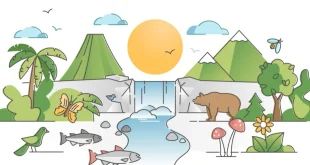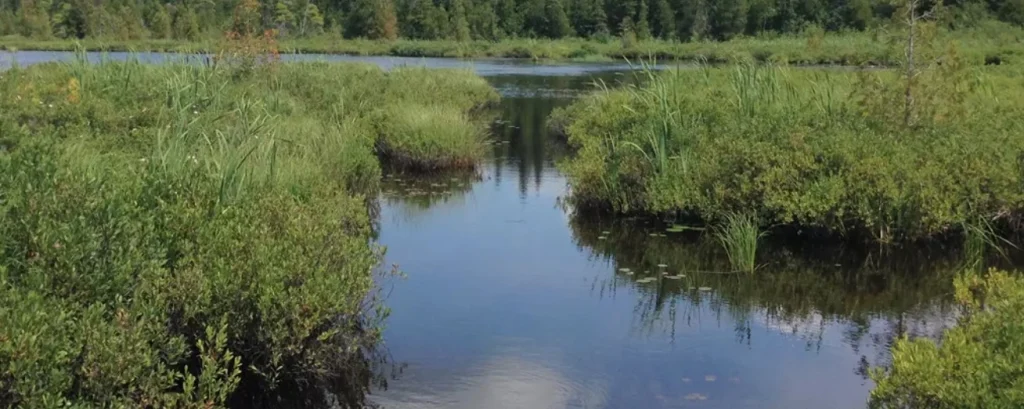
Introduction
Wetlands, typically land areas drenched with water all year or seasonally, cover themselves with water and a variety of aquatic and terrestrial plants. They are well-known for their rich and diverse ecosystems, distinct from those of waterways or dry land.
As a direct result of this rich ecosystem, wetlands are significant to the world because they are the homes of some of the world’s most endangered plants and wildlife. Wetlands are important to us as they recharge groundwater supplies, remove pollution, control floods, and provide a home for a variety of plants and animals. Wetlands are of four types including marshes, swamps, bogs, and fens.
However, unluckily, some of the world’s wetlands are at risk because of anthropogenic activities. Developers often drain wetlands and then build infrastructure on the land, previously a habitat for various species of fish, birds, and amphibians.
Detailed blog on Earth’s major biomes can be access from https://thecliment.com/uncovering-the-beauty-of-earths-major-biomes/
Different Types of Wetlands
Several different types of wetlands occur all over the globe. on the basis of location wetlands are divided into four categories with further divisions depending on location and other factors.
Marshes
Marshes are types of wetlands that are always flooded, rather than being inundated under water just a couple of months over the year or during the summers. These can be saltwater or freshwater and the amount of water in the marsh can vary with the seasons. They claim a great diversity of vegetation that has adapted particularly to live in saturated soil. There are several sub-categories of marsh, including freshwater, inland, saltwater, and coastal. Each of these has its distinct ecosystems and can be found around the globe. Marshes wildlife include alligators, beavers, shrimp, newts, and turtles.
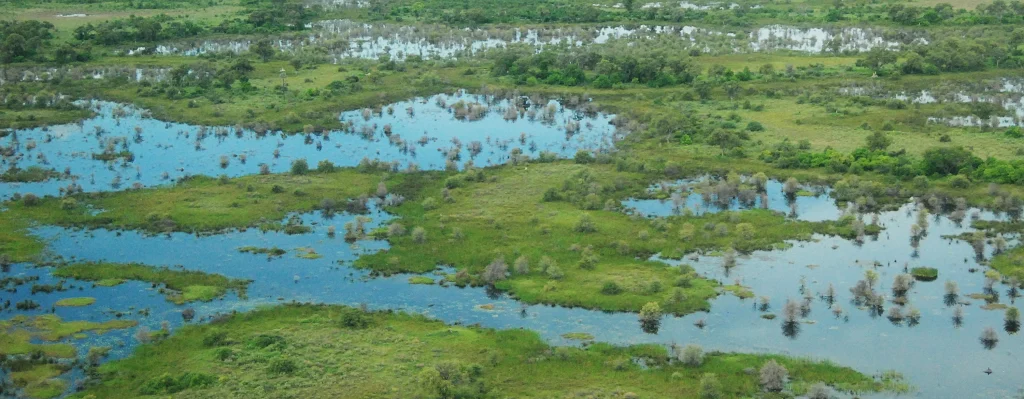
Swamps
Swamps differ from marshes because they typically have woody plants instead of soft-stemmed plants. People from all over the world often collect some of these trees to make timber for their homes and furniture. This can severely impact the ecosystem if they cut too many without replanting new saplings.Swamps are typically the home to various fish and birds as well as smaller creatures. Some of the swamps are found in low-lying areas near rivers or coastal areas. There are two main forms of swamps: shrub swamps and forested swamps. Swamps are home to a variety of animals like bobcats, snakes, beavers, alligators, large diversity of birds.
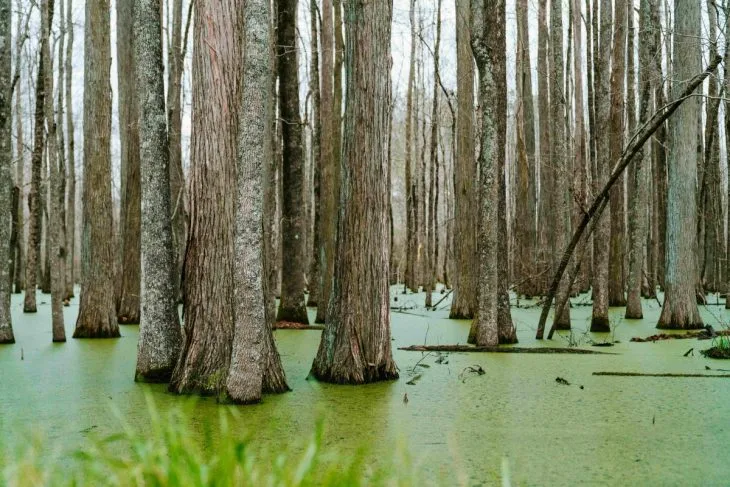
Bogs
Bogs are considered spongy peats and more acidic water reservoirs as well as a covering of sphagnum moss. Unlike swamps and marshes, bogs have a tendency to get their wetness from precipitation rather than waterways such as runoffs or streams from rivers. These wetlands are eccentric for preventing downstream flooding since they absorb rain water as it falls and prevents the overflow of rivers and other waterways. There are two types of bogs: pocosins and northern bogs.
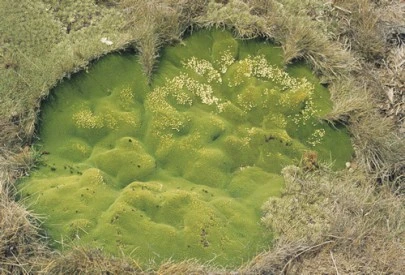
Fens
Fens are similar to bogs, and peat-forming wetlands, though they usually get their wetness from groundwater rather than rain, which means that they are somewhat less acidic. This means that they tend to support a greater collection of wildlife, from plants to birds to fish and everything in between. Fens are beneficial similar to bogs, because they can help prevent the flooding of land elsewhere since they absorb water from the ground and prevent it from seeping anywhere else.
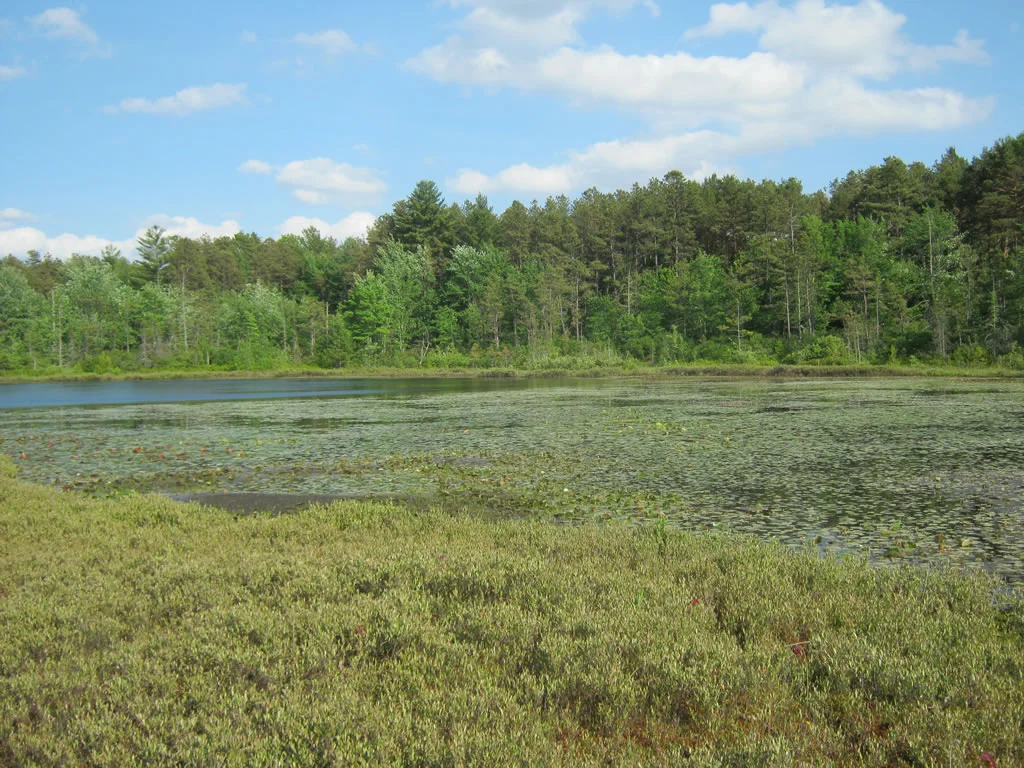
Importance of Wetlands
Since there are several different types of wetlands, there are several benefits that each one offers. All types of wetlands do not offer the same benefits to plant life, animal life, or even humans, but protecting them and the unique life they support is crucial, as some plants and animals are exclusive to these habitats.
The conservation published an article on “Earth has lost one-fifth of its wetlands since 1700 – but most could still be saved”. https://theconversation.com/earth-has-lost-one-fifth-of-its-wetlands-since-1700
Wetlands Prevent Flooding
Wetlands primarily prevent flooding because their plants and soil, accustomed to saturation, better retain water compared to forests or farmlands. They capture rainwater, snowmelt, and streamflow, holding it to prevent flooding in areas downhill.
This significantly benefits the environment and is especially beneficial for people living near rivers or waterways prone to flooding.
Water Bodies Release Vegetative Matter
Wetlands release water back into surrounding areas and waterways– although they do so slowly, that is why they are so good at preventing flooding. This water, after passing into areas that are so rich in various sorts of plant life, is full of vegetative matter that then finds its way into rivers and streams. This vegetative matter is important for sustaining the fish that live in these water bodies.
Revitalizing Ecosystems
The release of vegetative matter into water bodies also acts as an essential of nutrients, seeds, and other matter going into rivers and streams, not to mention other creatures. This can help to stabilize, revitalize, or augment ecosystems in areas around wetlands.
Wetlands A Living Habitat for Animals
Many animals have wetlands as their living habitat. Fish, amphibians, and birds such as herons all make their homes in these sorts of places. They offer the perfect place for animals to be safe and hide from predators, perhaps from the air, as well as providing a great deal of various foodstuffs such as mosses, grasses, and other plant life.
Amphibians may scavenge and hunt away from the wetlands, but they always return to find a good place to mate and breed, because wetlands offer a lot more protection than other places.
Water Purification
Wetlands directly result in cleaner and purer water in surrounding areas by filtering the water. Fish and other animals may eat plants, and vegetation may drain out rubbish that may be present in the water due to human activities or things like twigs and small branches that have fallen from nearby trees, meaning that these things do not reach streams or rivers further down the line.
Wetlands decay vegetative matter for the most part, some of it makes its way into streams and rivers to provide food for fish and even alter various chemicals to make the water even cleaner for the organisms that live both in the wetland and in other water systems. This makes them one of the most fruitful and significant natural filtering systems in the world.
Erosion Control
Sedimentation is a natural problem that usually occurs in rivers. As the water flows from drier earth, it will sometimes wipe sediment away. This sediment will ultimately end up in the sea, which is not enormously problematic, but erosion can be an issue. With the earth disappearing, animals may find less space to live, hunt, or mate.
Wetlands act as a kind of erosion control. Plants with firm roots in the ground and stems rising out of the water into the air grow almost exclusively in wetlands, which slows the flow of water. This means that the strength of the water is tapering and erosion occurs less powerfully in these kinds of areas, as well as in rivers and lakes where the water is slower.
 The Climent Respect your roots, Protect your planet
The Climent Respect your roots, Protect your planet
